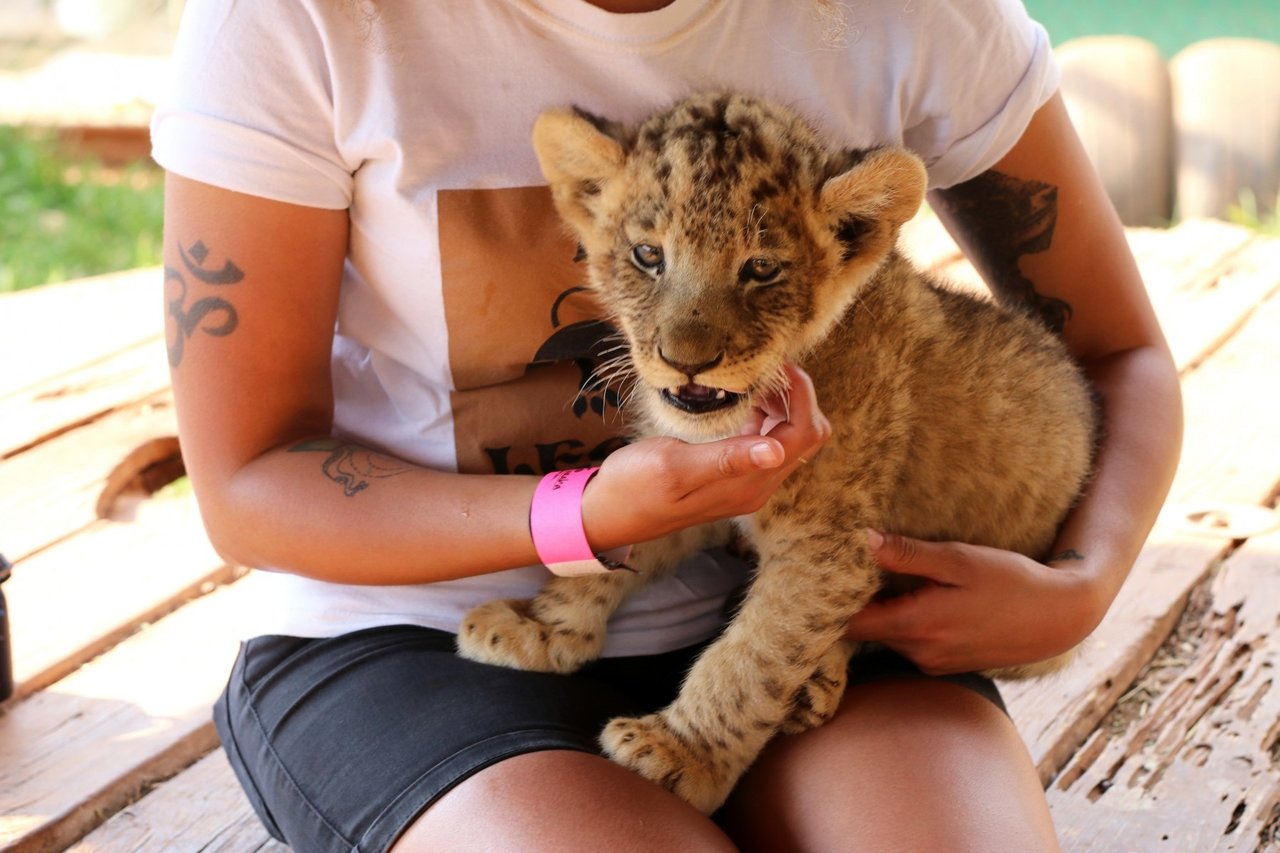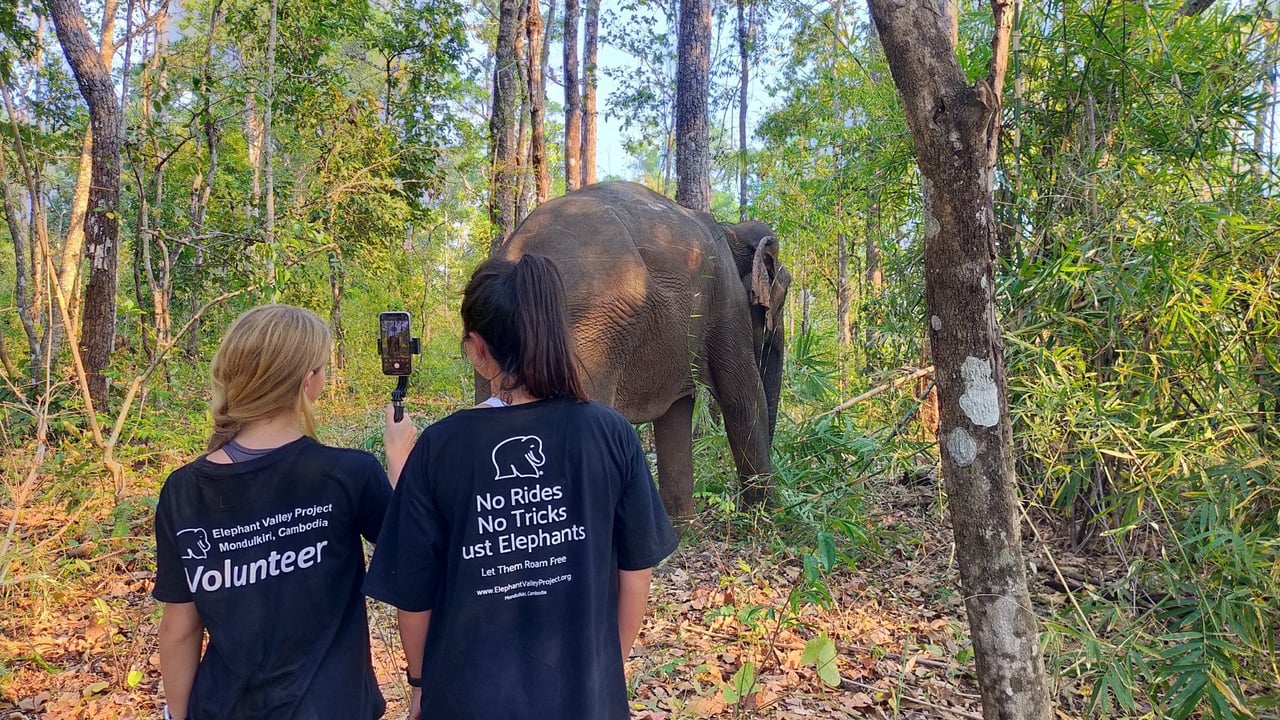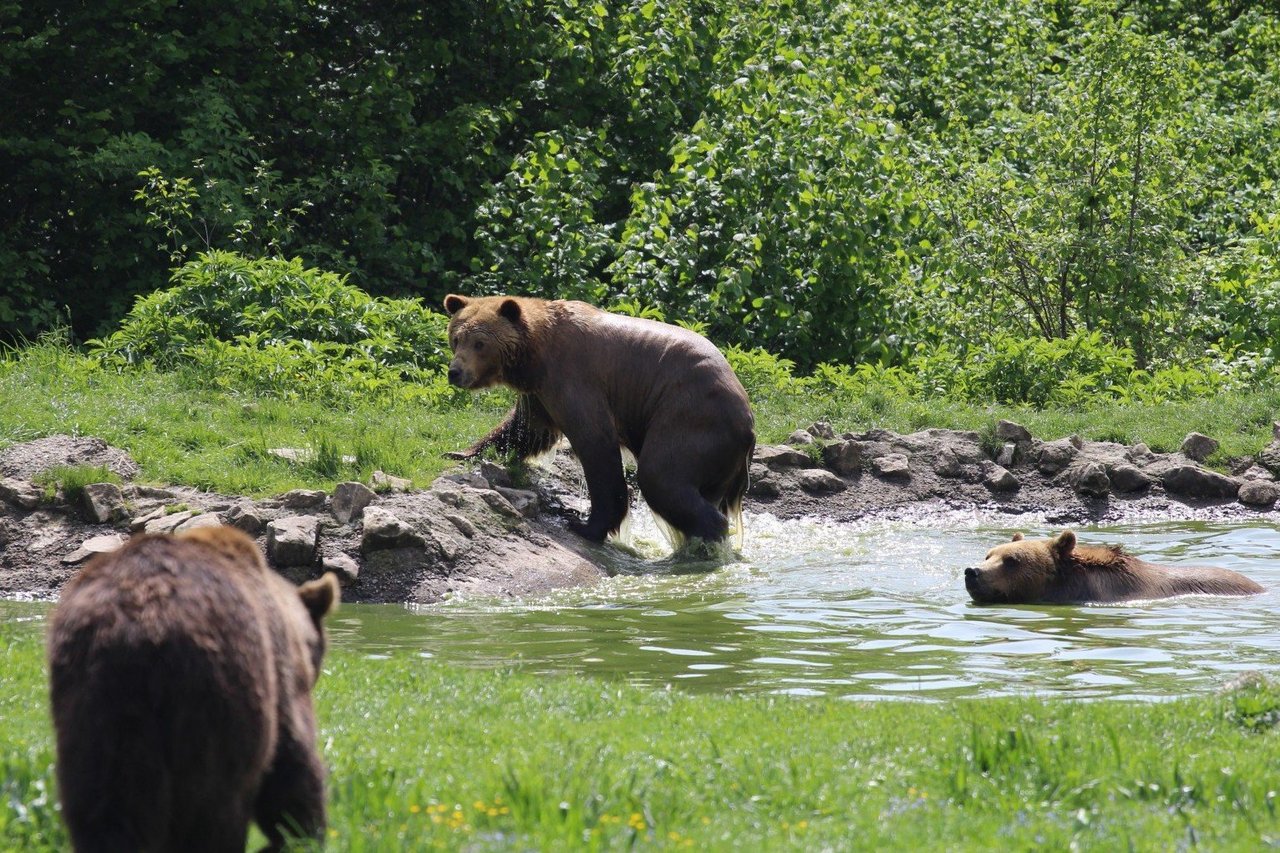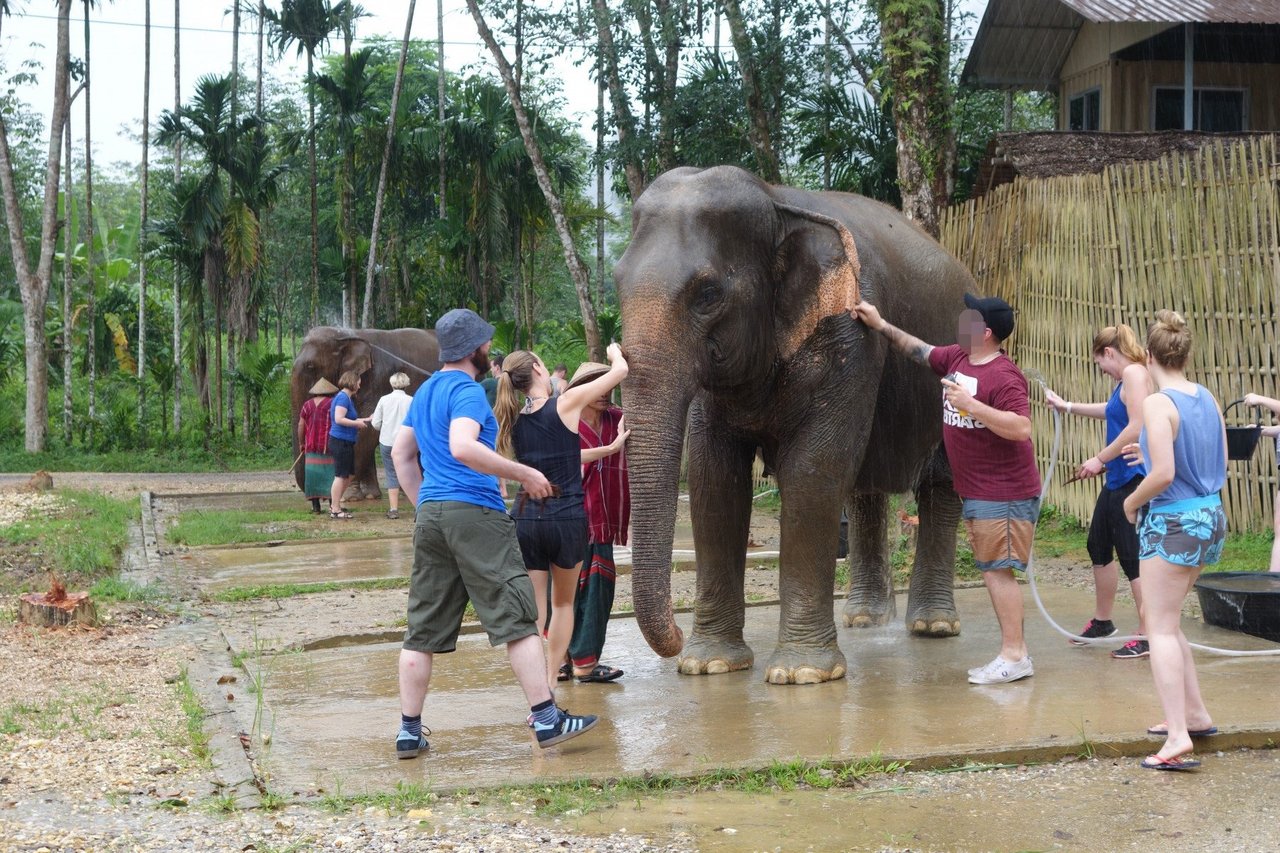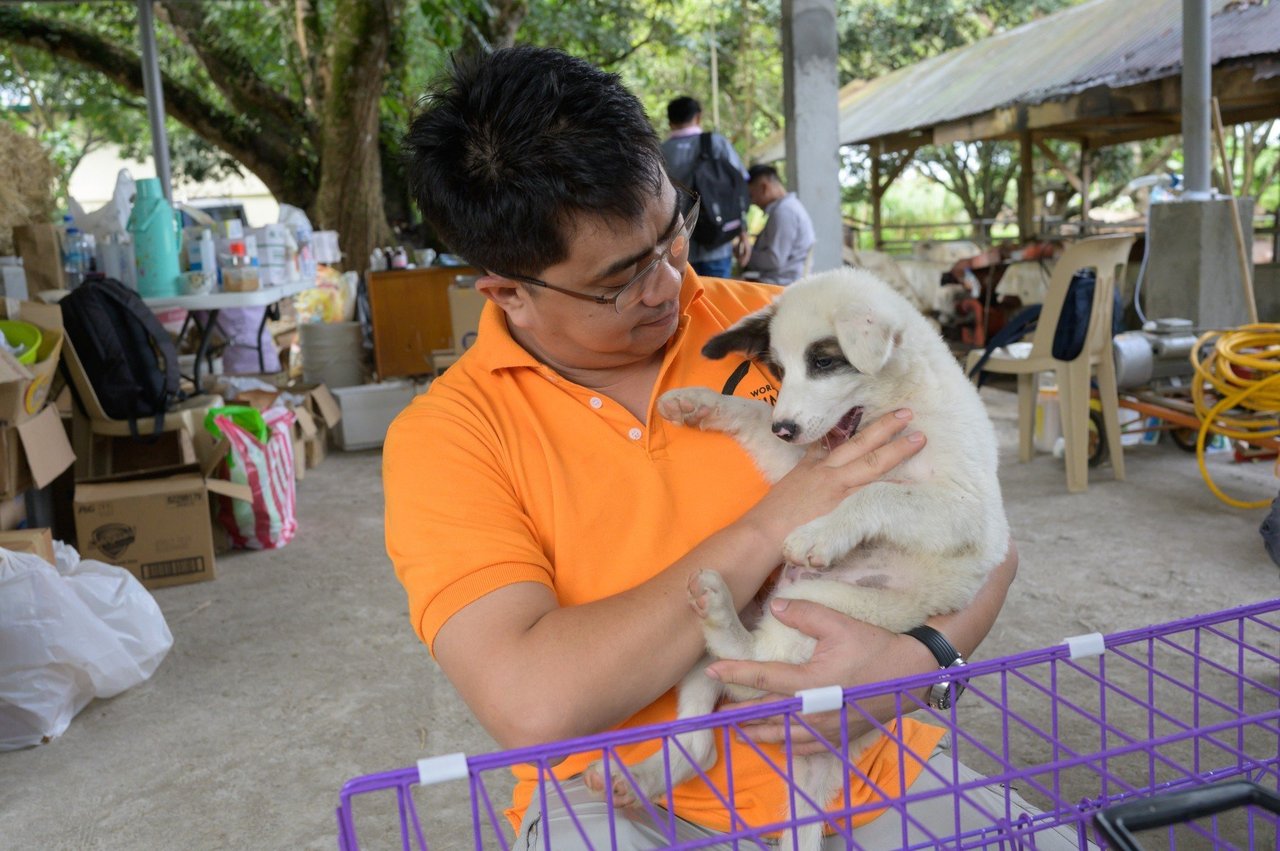
Caring for wild animals has become a tourist industry, which is not necessarily in the best interest of the animals.
It’s understandable, even admirable, to want to use your vacation time to help animals. And there are many amazing and reputable organizations offering volunteer programs that directly help wild animals--but there are some that exploit them for profit.
Unfortunately, it is all too common for animals to be taken from the wild purely for the purposes of wildlife tourism.
It’s up to each of us to make sure we’re doing our research to avoid places that don’t prioritize the well-being of the animals. To make this easier for you, we’re sharing our list of five tips to help you find an ethical place to volunteer.
1. Avoid direct interactions with wild animals
Can you hold and have your picture taken with the animals? Can you walk and play with them? If the volunteer program or the facilities they work with offer these experiences, then it’s a big concern.
Wild animals belong in the wild, but sometimes they need our help and rehabilitation. Ethically-run facilities offer the most natural environment possible with the aim of releasing the animals back into the wild.
Trained professionals handle the animals when needed, and volunteers are able to help and observe the animals from a safe distance. It’s better for all involved–they are wild animals after all, not photo props or entertainers.
Learn more about why you shouldn’t touch wild animals.
2. Check where volunteer contributions go
Photo credit: Elephant Valley Project | Volunteers at Elephant Valley Project in Cambodia, a 4,000-acre elephant sanctuary and eco-tourism program that cares for 10 elephants.
Most volunteer programs have a fee, or you are asked to make a financial donation. This is not abnormal as volunteer programs need people and resources to run the program, support the facilities, and care for the animals.
But you should be able to check where this money is going. Are the funds raised by the volunteer program needed to care for the animals? Or do they support related projects that will improve animal welfare in other ways such as habitat conservation and community engagement? Or is this not clear?
Simply reach out and ask the organization if you can’t find a clear answer on their website. If you can’t verify the information, consider an organization with more transparency.
3. Choose an organization with a long-term plan
A mission-driven organization knows what they want to achieve for the animals they care for in the long run. Will the animals be rehabilitated and released back into the wild? Or will they provide a genuine sanctuary for wild animals who cannot be rehabilitated so they can live a natural and wild life until the end?
If there are no plans, or if the organization is not open to share their goals and policies with you--that is a red flag.
4. Do your research
Even activities as innocent-sounding as “bathing” have cruelty behind the scenes. Learn more about these venues offering these experiences that are falsely masquerading themselves as “sanctuaries.”
A volunteer program may offer an ideal opportunity to care for and interact with animals, and they may even call themselves a “sanctuary.” It is up to us to do the research to make sure that we’re not supporting cruel practices.
Before committing to volunteering, check the organization’s website, read reviews, look for news articles, and check their social media. Try to find out as much as you can about where the animals come from, what the facility’s purpose is, and how the animals are housed and cared for.
5. Learn more about animal-friendly travel
Consult our blog about the five domains vs. five freedoms to learn more about the principles of animal welfare. Then, check out our elephant-friendly tourist guide and learn the right way to take selfies with animals.
Secret tip 6. Choose cuddling with cats and dogs instead!
Consider an option where snuggle time with the animals is encouraged! Many local animal shelters for dogs and cats accept volunteers to help care for, walk, and feed the animals. Spending time with (and cuddling) these animals is good for you and for them!
It’s up to each of us to make sure we’re doing our research to avoid places that don’t prioritize the well-being of the animals.
